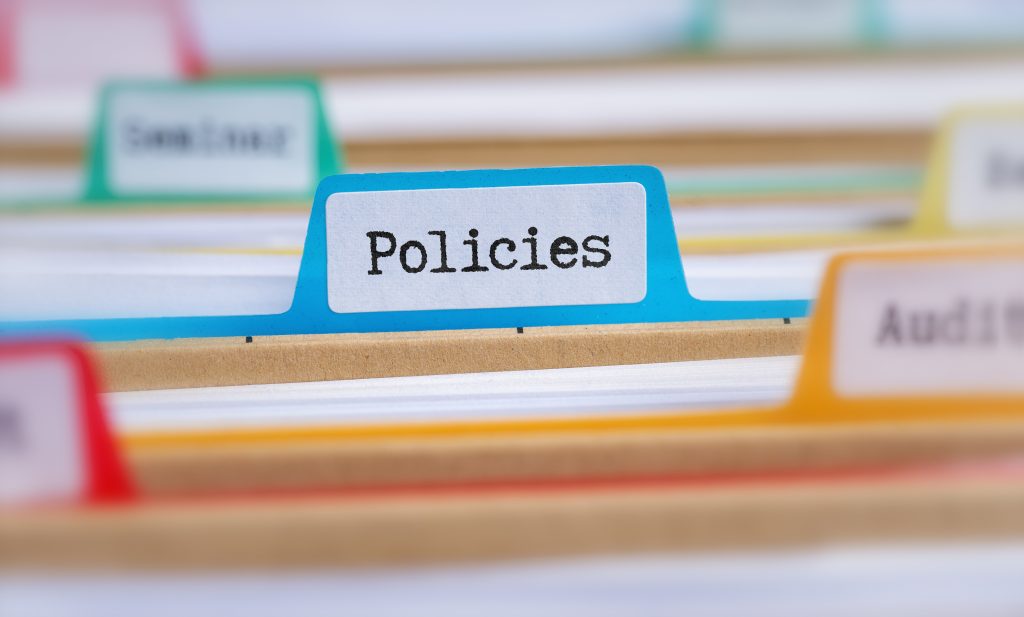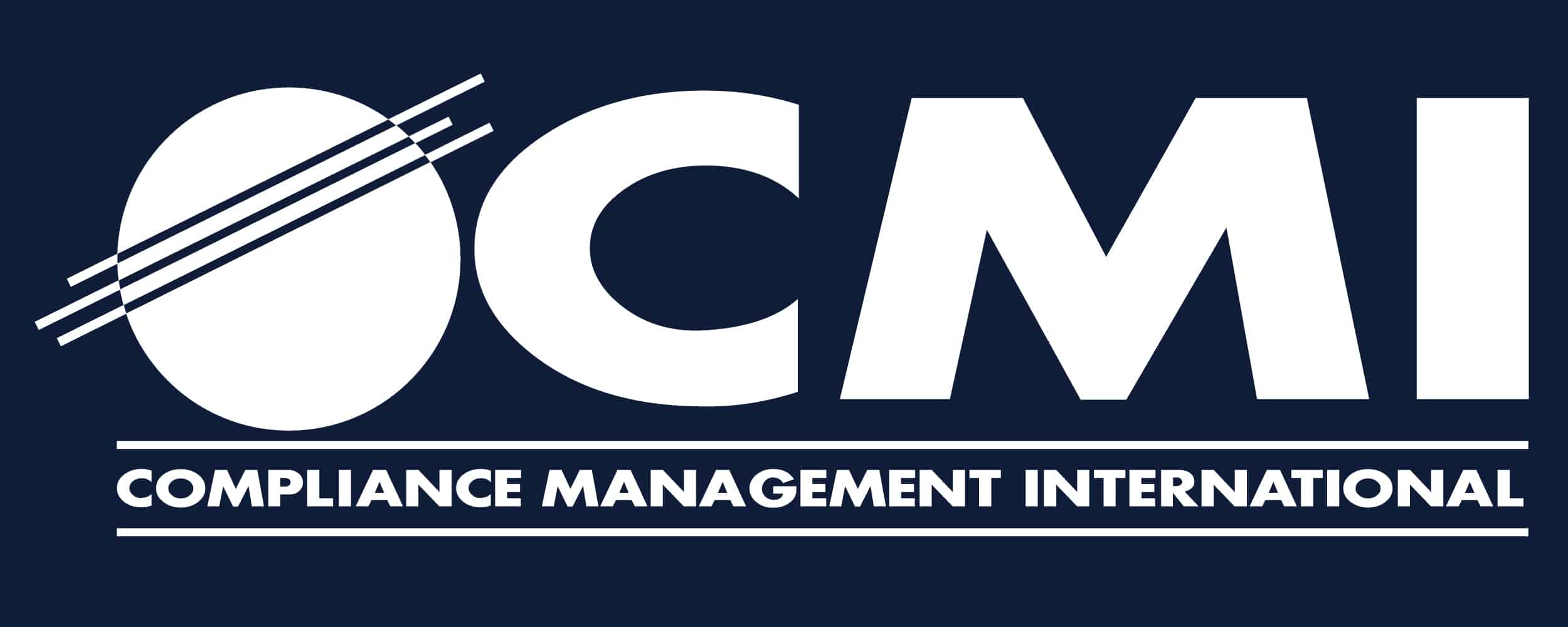
Starting a new year provides a great opportunity to set goals and get organized for the environmental, health and safety (EHS) compliance tasks ahead. Now is the right time to ensure your organization is ready for reporting and has a plan for ensuring all records are maintained should an inspection occur. Here are CMI’s top 10 tips to get prepared in the new year:
1. Ensure you Injury and Illness Records are complete. Close out the prior year’s OSHA 300 Log by reviewing each case to ensure all information is updated and complete. Gather the hours worked and average employment data and finalize the summary form (OSHA 300 A). The OSHA summary form must be signed by a senior management representative of the facility and posted for all employees to see by February 1. This must stay in place until April 30. You may also need to submit your injury report online. Take a look at the OSHA website for more information to see if that applies to you. If it does, the data must be submitted by March 2.
-
- Establishments with 250 or more employees must electronically submit OSHA 300, 300A, and 301 forms. Establishments with 20 to 249 employees, in certain industries, must also electronically submit the 300A.
- Ensure that you always maintain five years of OSHA 300 records.
2. Make a plan to review all of your written policies and procedures. Each document should be reviewed and updated to reflect current operations, risks and hazards, and responsibilities for implementing each program. Many standards such and lockout tagout and PPE, require an annual review, but in general this is a best practice that will help the organization avoid fines related to outdated programs.
3. Plan ahead for training. Take a look at last year’s training records and determine if there are gaps. There may be compliance topics that weren’t addressed or employees that missed training. With that information, the company can prioritize employees and topics that need to be addressed early in the year.
4. Prepare for your Tier II reporting. Review your chemical inventory and assumptions, including supporting Safety Data Sheet (SDS). This information will be crucial for upcoming environmental reporting
5. Prepare your waste reports. Waste reporting varies by location and waste stream. You can look up hazardous waste manifest data at RCRAInfo or obtain the data from your waste vendor and compare it to the manifest data by waste stream. Then enter your waste data in your state’s online report or electronic form.
6. Prepare your air emissions report data. Air emissions reporting due dates and requirements will be determined by your city and state. Emission calculations may be required by your permit. If you aren’t already doing so, institute a spreadsheet for capturing emission data as it occurs so that the annual summary report is easier to prepare. Be prepared to address and new changes to equipment, fuel use, process material use or operations.
7. Prepare wastewater and stormwater records. Certain facilities must keep records such as sampling results, metering data, water bills, weather data and inspection forms. Ensure these are compiled and reviewed periodically for compliance to permits and local regulations.
8. Review your EHS inspection records. To ensure you are improving each year, evaluate inspection results and determine trends in non-compliance. Use this data to set improvement goals and plan inspection priorities for the year ahead (fire extinguisher, stormwater, powered industrial vehicles, lockout tagout procedure reviews,etc.).
9. Review Confined Space and Hot Work permits. Gather all permits from the prior year and ensure they are accurate and maintain at least one year of records at all times.
10. Document your recordkeeping system. Plan how and where you will store records in the year ahead and create a road map/directory so that any change in personnel do not result in missing records.
How can CMI help with recordkeeping, reporting and planning ahead?
CMI is pleased to provide a compliance calendar and checklist of upcoming federal regulatory deadlines and reporting requirements to help companies manage their records and tasks. Use this tool to track your required filings, due dates, and compliance tasks to efficiently manage your EHS program. We also hosted a webinar on reporting, recordkeeping and planning ahead. Our team shared regulatory requirements as well as best practices for planning out your compliance calendar, preparing for your annual reports and recordkeeping dos and don’ts. You can view the recording here.
Written by Erin Rymsa, Director, Training and Chris Maye, P.E., Senior Project Manager
